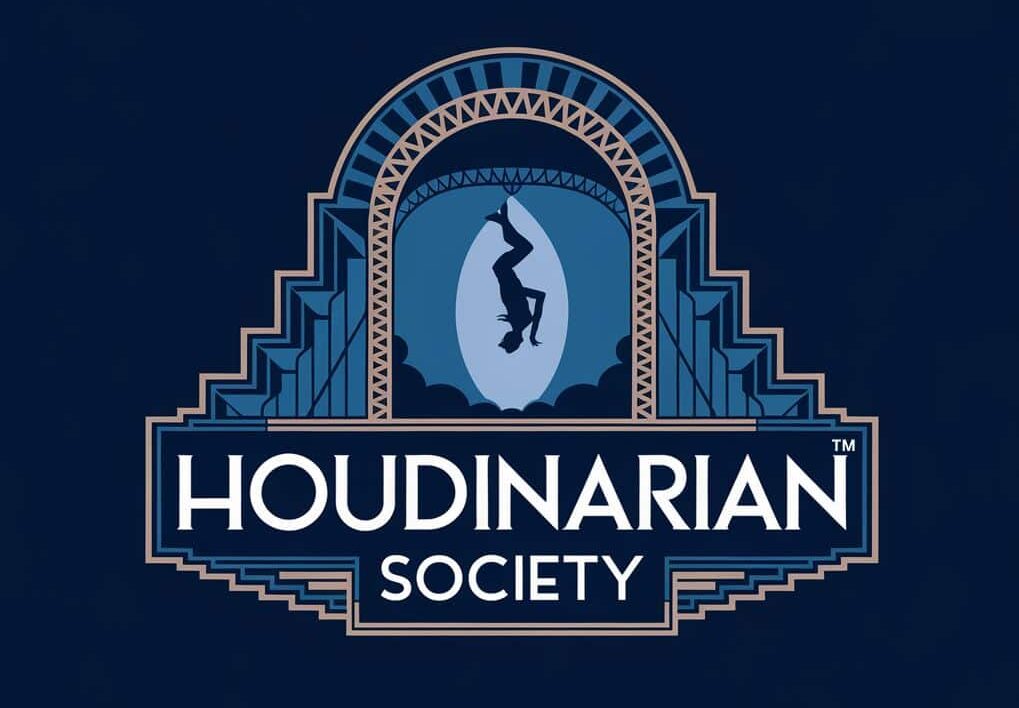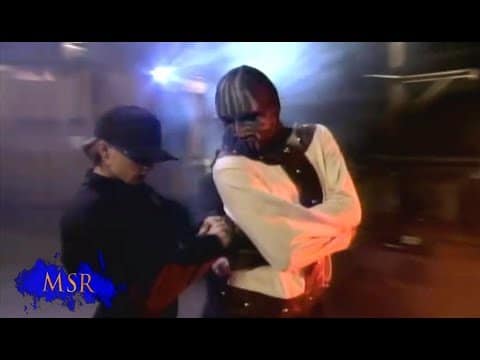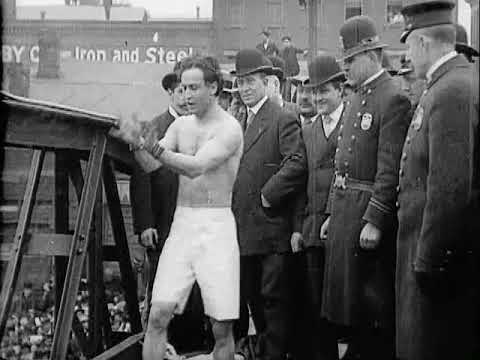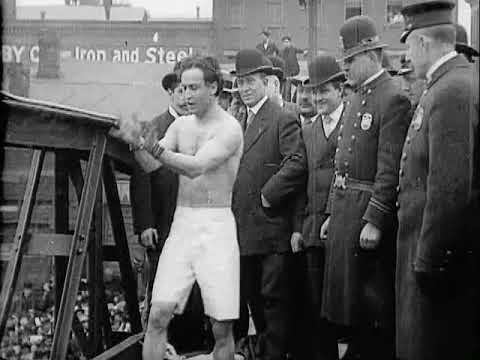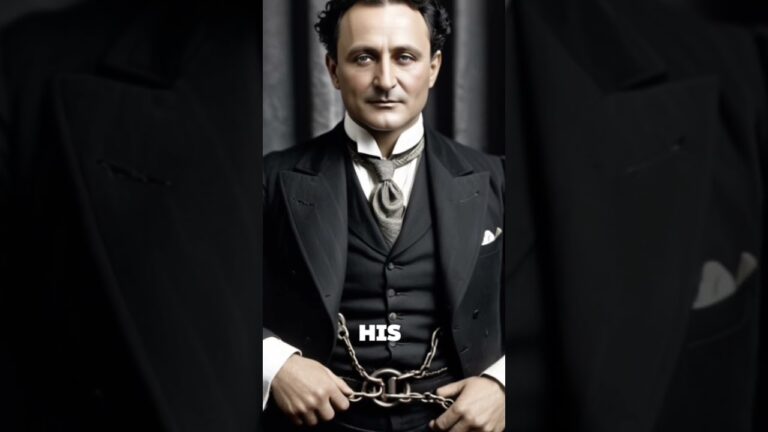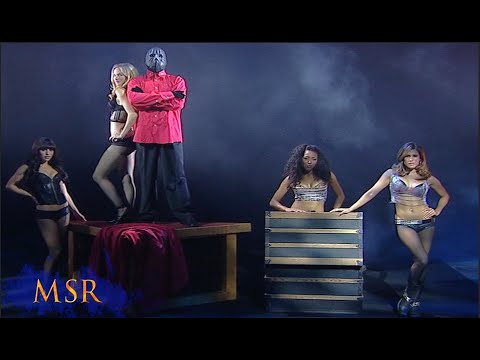The Right Way To Do Wrong: A Comprehensive Analysis of Houdini’s Deception Manual
Harry Houdini, the legendary escape artist, ventured beyond his usual stagecraft into the realm of criminal exposé with his 1906 book “The Right Way To Do Wrong.” This fascinating collection reveals the secretive methods of con artists, thieves, and swindlers while serving as both entertainment and public service. You’ll find Houdini’s unique perspective particularly valuable…
